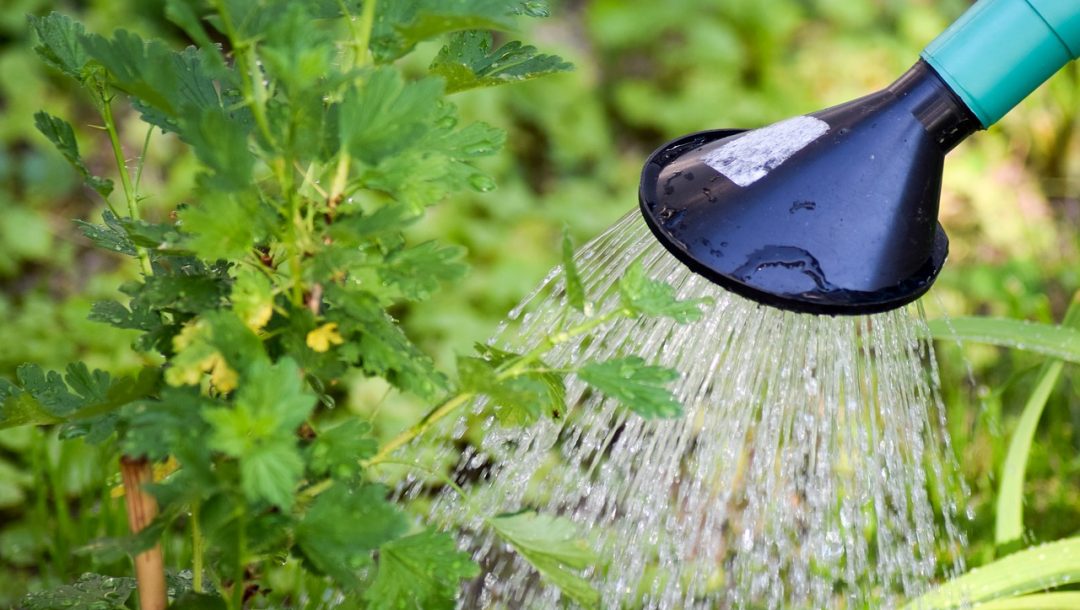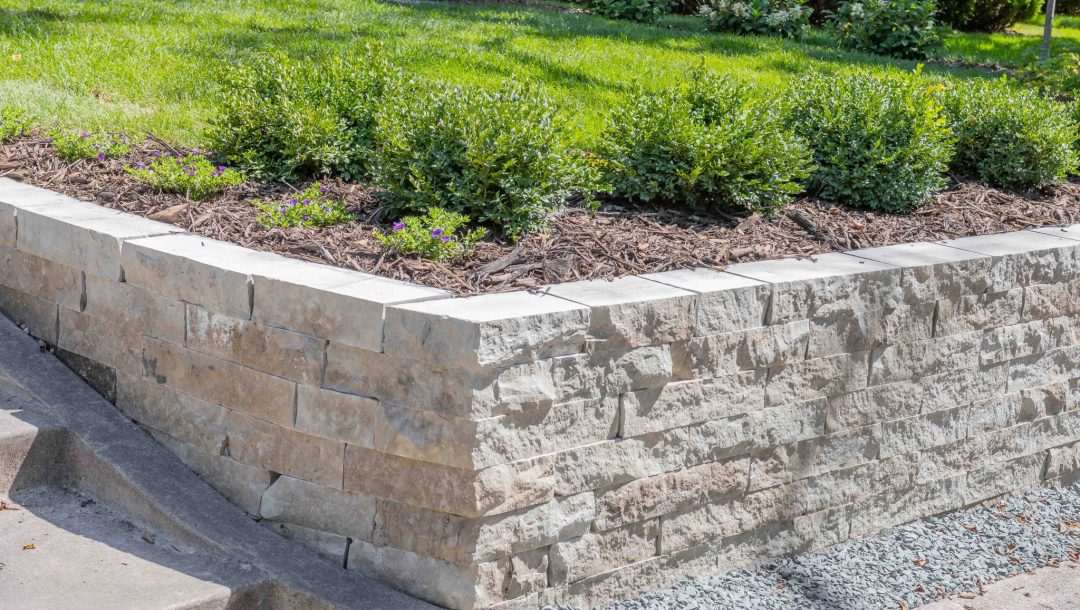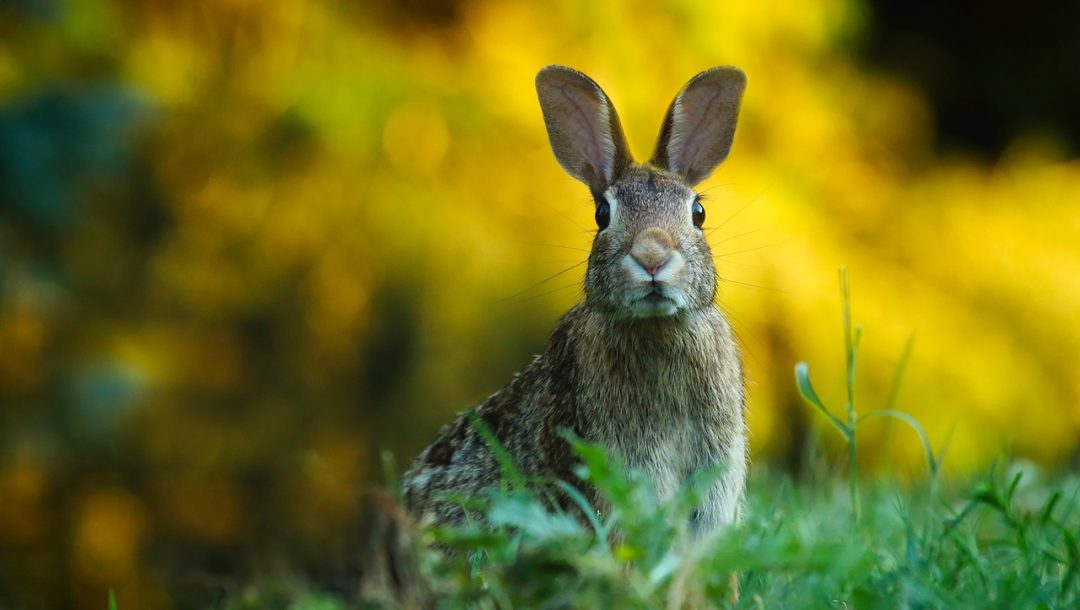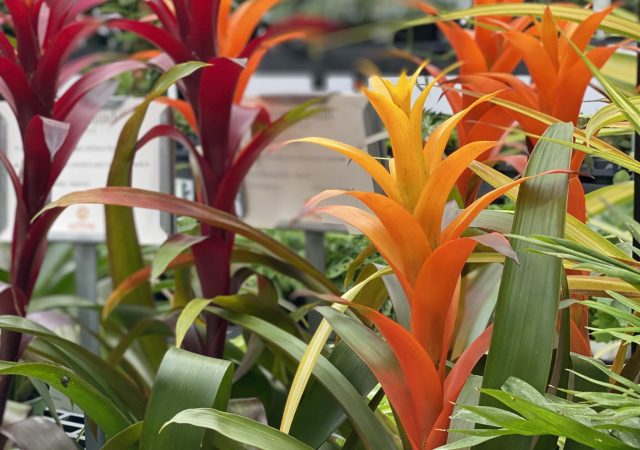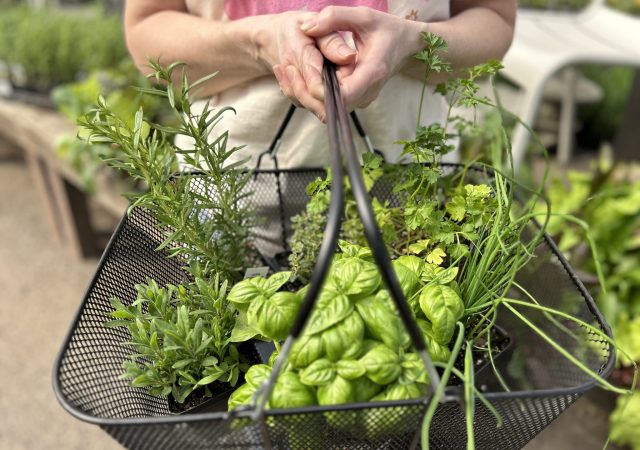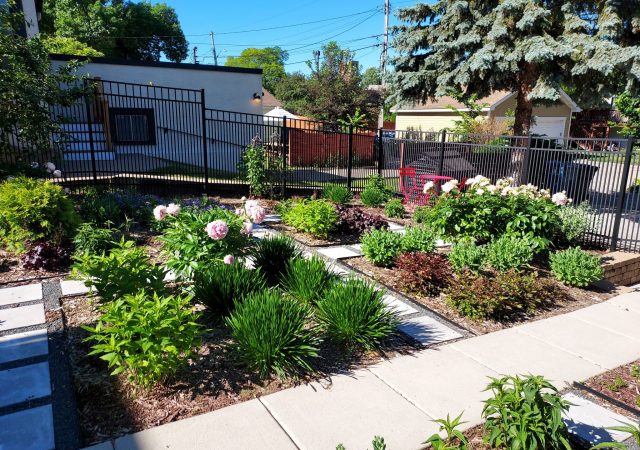| Your plants are installed and look beautiful but now it’s your turn to do some work. To help ensure your plants get the best care from here on we’ve put together some helpful information for you to use as you enjoy your new landscape.
WATERING After Installation We ask that you water regularly over the next 2 weeks to ensure the best start to all your new plantings. Plants can get stressed when newly installed in a new environment. Watering is the best way for them to adjust. It’s best to water in the morning. Check the soil moisture by hand daily. The soil should feel moist but not wet. If the soil feels dry, water thoroughly at the base of the plant until adequate soil moisture is regained. Water with a hose by hand, holding the hose directly at the base of the plant. Perennials will need 10-15 seconds each. Shrubs and trees will need 30 second â 1 minute each. Use these instructions to water all plantings unless told otherwise. For new sod, set out a sprinkler for easier and more uniform watering. Let the sprinkler run twice a day for 1 hour each. Preferably in the morning and the afternoon. Do this for the first week. On the second week plan to only water in the morning up to 2 hours. After the initial 2 weeks water as needed depending on the weather and rain fall. *If sod or plantings are on a slope be mindful that it may need additional watering to make up for the runoff. *Still check soil moisture if you have an irrigation system. Irrigation is not always reliable at dispensing a sufficient amount of water After initial 2 weeks The initial 2 weeks of watering is very important but we recommend you continue watering throughout the rest of the year as needed. Plants may need additional water if they present with any signs of stress. Signs of stress can look like yellowing or browning of the leaves/foliage, leaves/foliage falling off, or the plant wilting. This can happen due to very hot days in the peak of summer or droughts. We will often notify you through email of any droughts or heat waves but it is up to you to observe your plants and decide if they need water. Winter-Burn Prevention With our long and unpredictable winters, many evergreens are susceptible to âwinter-burnâ. Winter-burn is when the plants foliage dries out during winter causing damage. To prevent winter-burn we ask you to water at least once to twice a week or as needed from October through November. Please check the soil moisture when deciding to water. Only water when soil is dry. Water at the base of the plant for about 1 minute each. Still water if there is irrigation. *Please water through November, even despite the colder temperatures. The ground will not be frozen until the low temps are consistently below freezing. *Any indicators of unsuccessful watering voids your warranty on plant material. Snow and Salt Damage With the amount of snow we get in Minnesota winters it’s easy to forget that we ever had green landscapes! When shoveling off walkways and the driveway be mindful of where the snow gets piled up. Often this snow is also mixed with the salt we lay down for ice. Both excess snow and salt can cause damage to many plants. It’s best to choose a spot in the yard/landscape that can handle this. Maybe an area un-landscaped or with minimal plantings, or reserve a section of the driveway. Otherwise try spreading the snow more evenly spaced out to lessen the chances of any damage. RABBITS AND OTHER PESTS Rabbits and other wildlife can be a problem to landscapes throughout the entire year. We most commonly see damage to newly installed plants that have less mature growth, or during the spring and winter when food is limited. Things you can do to prevent possible damage is to use granular and or spray repellents. Another method is to incase the plants with rabbit proof fencing such as chicken wire. Make sure the fencing is firmly secured to the ground with sod staples or slightly buried. Rabbits are great at burrowing. *We pick plants that are appropriate depending on the wildlife in your area, however we can’t always predict if wildlife will cause damage. Every landscape is unique and is susceptible. It is your responsibility to monitor and prevent any damage after installation. *Any indicators of animal damage voids your warranty
|

